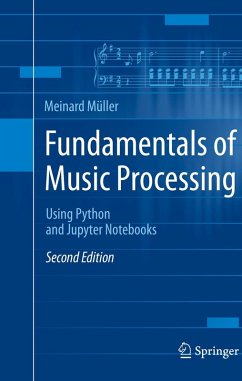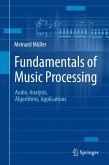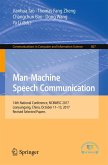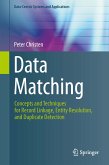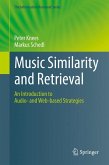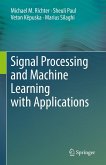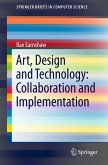The book consists of eight chapters. The first two cover foundations of music representations and the Fourier transform-concepts used throughout the book. Each of the subsequent chapters starts with a general description of a concrete music processing task and then discusses-in a mathematically rigorous way-essential techniques and algorithms applicable to a wide range of analysis, classification, and retrieval problems. By mixing theory and practice, the book's goal is to offer detailed technological insights and a deep understanding of music processing applications.
As a substantial extension, the textbook's second edition introduces the FMP (fundamentals of music processing) notebooks, which provide additional audio-visual material and Python code examples that implement all computational approaches step by step. Using Jupyter notebooks and open-source web applications, the FMP notebooks yield an interactive framework that allows students to experiment with their music examples, explore the effect of parameter settings, and understand the computed results by suitable visualizations and sonifications. The FMP notebooks are available from the author's institutional web page at the International Audio Laboratories Erlangen.
Dieser Download kann aus rechtlichen Gründen nur mit Rechnungsadresse in A, B, BG, CY, CZ, D, DK, EW, E, FIN, F, GR, HR, H, IRL, I, LT, L, LR, M, NL, PL, P, R, S, SLO, SK ausgeliefert werden.
"If you are looking for a sound textbook in music analysis and music information retrieval, I would recommend this one. ... The book may be used as a textbook at the postgraduate or advanced undergraduate levels in computational music science. It is also suitable for musicologists and researchers in music. Those with engineering backgrounds will find it easier to grasp. I enjoyed reading this book." (Soubhik Chakraborty, Computing Reviews, March, 2016)

